Lack of housing, slums will appear more in Hanoi ?
In recent years, the housing supply in Hanoi has continuously decreased, especially the affordable apartment segment has almost disappeared from the market. Meanwhile, the demand for buying houses of the capital's residents is increasing.
According to Savills report, the urbanization rate in Hanoi is expected to reach 62% by 2025 and increase to 75% by 2030. With this growth momentum, demand is expected to reach about 426,700 units.
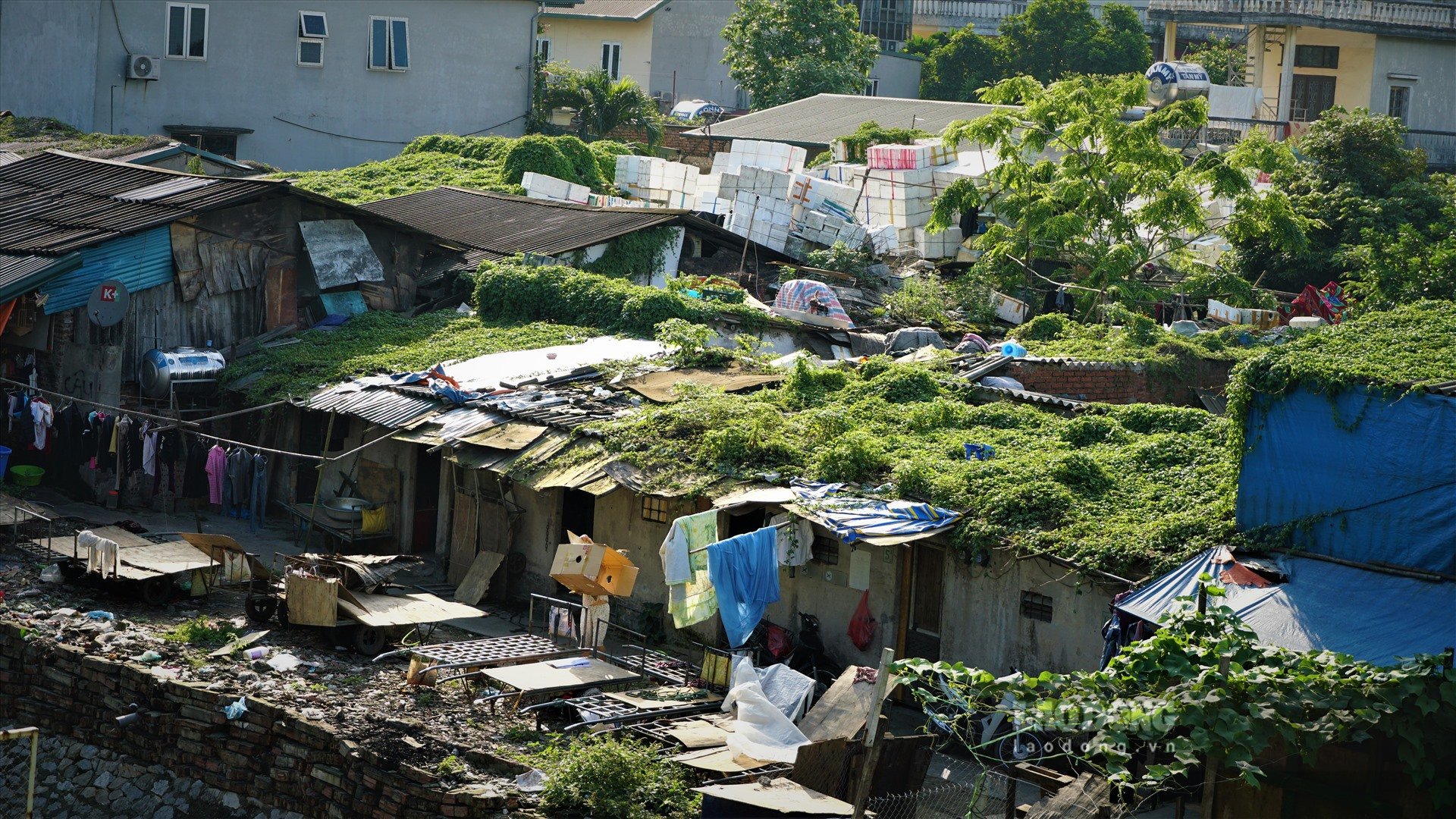
Illustration photo (Photo: LD)
However, Hanoi's Housing Development Program targets 33.2 million square meters of new housing by 2025, with an average housing area per capita of 29.5 square meters. These figures show a supply shortage of 95,800 units.
Ms. Do Thu Hang, an expert from Savills, commented: The rapid pace of urbanization will create impacts on the overall social picture of a city.
“The lack of housing supply is likely to lead to social security issues such as the formation of slums or an increase in related social evils. This will pose an urgent problem that the Government and Hanoi will have to take specific, step-by-step steps to solve,” Ms. Hang said.
In addition, limited new supply, reduced number of apartments handed over and high average primary price at VND52 million/m2 have created conditions for secondary selling prices to increase.
From 2018 to 2022, the average primary price of apartments increased by 13% per year, while the primary supply decreased by 14% per year. In the first quarter of 2023, the average primary price was 48% higher than the secondary price.
Ms. Hang commented: From 2020 to 2024, the number of apartments handed over will decrease by 36% per year, which will boost demand for the secondary market. Not only that, the secondary market is considered the optimal choice for buyers not only because of lower prices than the primary market but also because of the clear legality of the product.
“Products in the secondary market, even though they are used, have clear legal status and will attract demand,” Ms. Hang commented.
Long term outlook
Recently, the Government has issued a number of policies to help solve the supply difficulties for the real estate market. Specifically, Resolution 33 of the Government was issued at the right time and is very useful for the market.
The resolution has clearly identified issues that need to be addressed with a specific roadmap, encouraging all relevant agencies and units to participate in implementation. This helps strengthen trust and support the market in accordance with the goal of safety, health and sustainability.
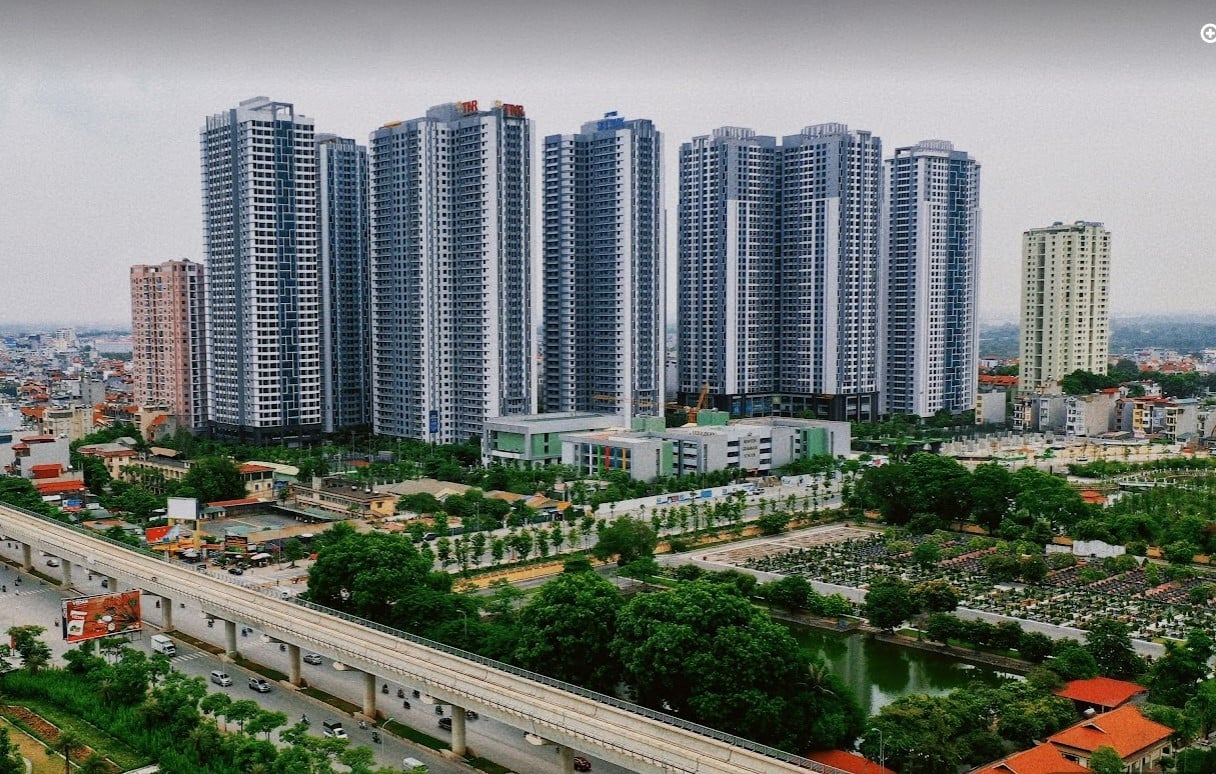
Recently, the Government has issued a number of policies to help solve difficulties in supply for the real estate market. (Photo: TS)
This move has focused on removing two basic obstacles of the real estate market: legality and capital.
Legally, the Resolution requested Government agencies to study, develop, complete and promulgate Laws and Decrees amending and supplementing decrees guiding the implementation of the Law.
Including removing obstacles in legal regulations and procedures as well as organizing and implementing real estate projects.
Regarding capital, Resolution 33 mentioned the extension of principal and interest payments, debt restructuring, and projects that meet real needs and have good liquidity are facilitated to borrow capital.
In addition, the Resolution also provides solutions to promote the development of social housing, and the Government proposes to implement a credit program of about 120,000 billion VND to develop this model.
According to Ms. Hang's assessment, the market's ability to recover depends on many factors, including legal issues, capital sources and suitable products.
The market is still waiting for important legal issues to be passed from now until the end of the year, such as the Housing Law (Amended), the Real Estate Business Law (Amended), the Land Law (Amended), the Price Law (Amended) and the Bidding Law (Amended).
Although it will take time for the market to absorb, these moves are considered a "medicine" to help clarify the origin as well as increase access to capital, so that the market can expect new supply from 2024.
It is expected that from 2024 onwards, there will be about 86,500 apartments from 98 projects for sale, inevitably with Class B apartments still accounting for the majority. However, the additional supply to the market will be able to adjust the price level and improve the number of apartments sold. At that time, the confidence of investors and buyers will return, promoting a more vibrant apartment market.
In addition, this year, Gia Lam and Dong Anh districts will become districts, creating more opportunities for housing projects here to develop, increasing the supply at reasonable prices that can reach buyers. In the future, Hanoi also plans to develop two cities directly under the capital.
This will also create a trend of shifting demand towards the areas of Dong Anh, Me Linh, Soc Son in the East and Hoa Lac, Xuan Mai in the West.
This shift combined with the development of increasingly convenient transport infrastructure is expected to help relieve the apartment market.
In general, rapid urbanization is a pressure but also a driving force to make the apartment market more vibrant.
It is expected that after the legal system is completed, the market will have positive changes, solving the problem of suitable housing for the majority of people as well as removing difficulties for investors and real estate investors.
Source






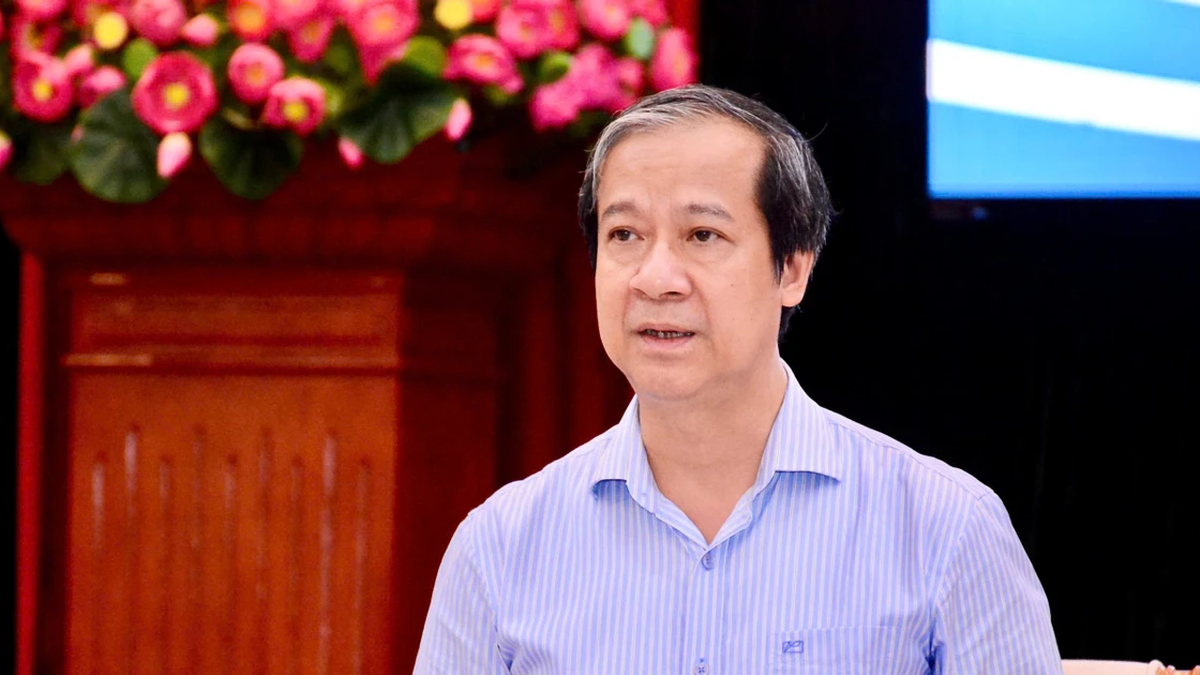
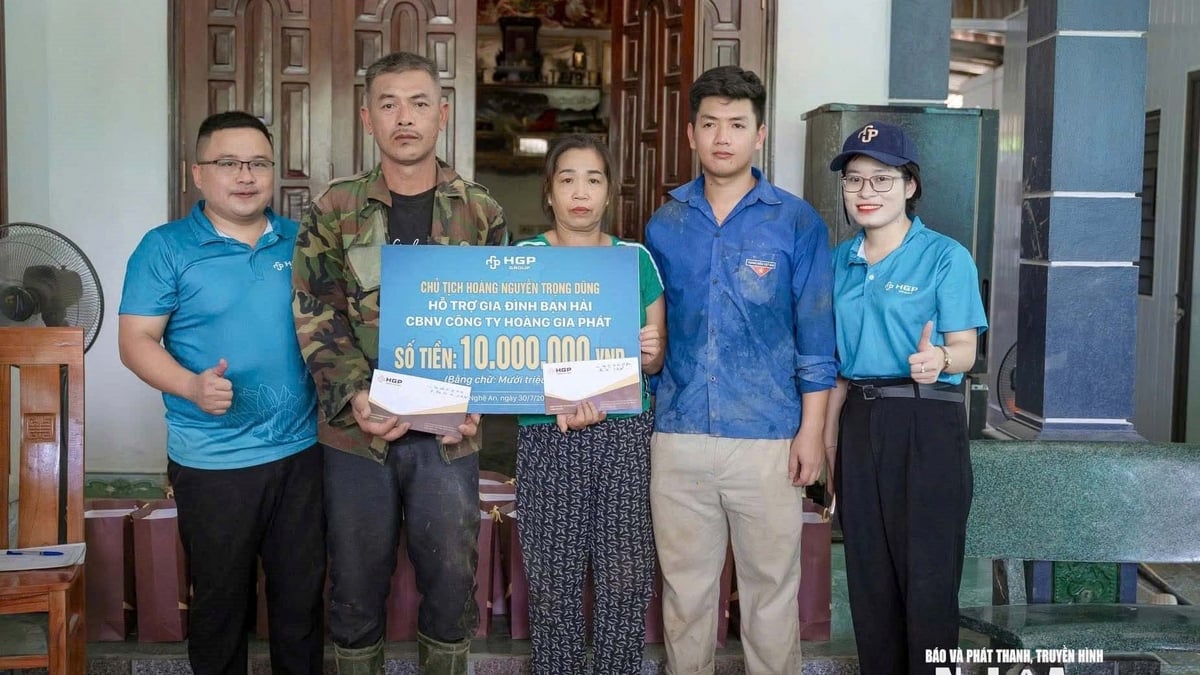


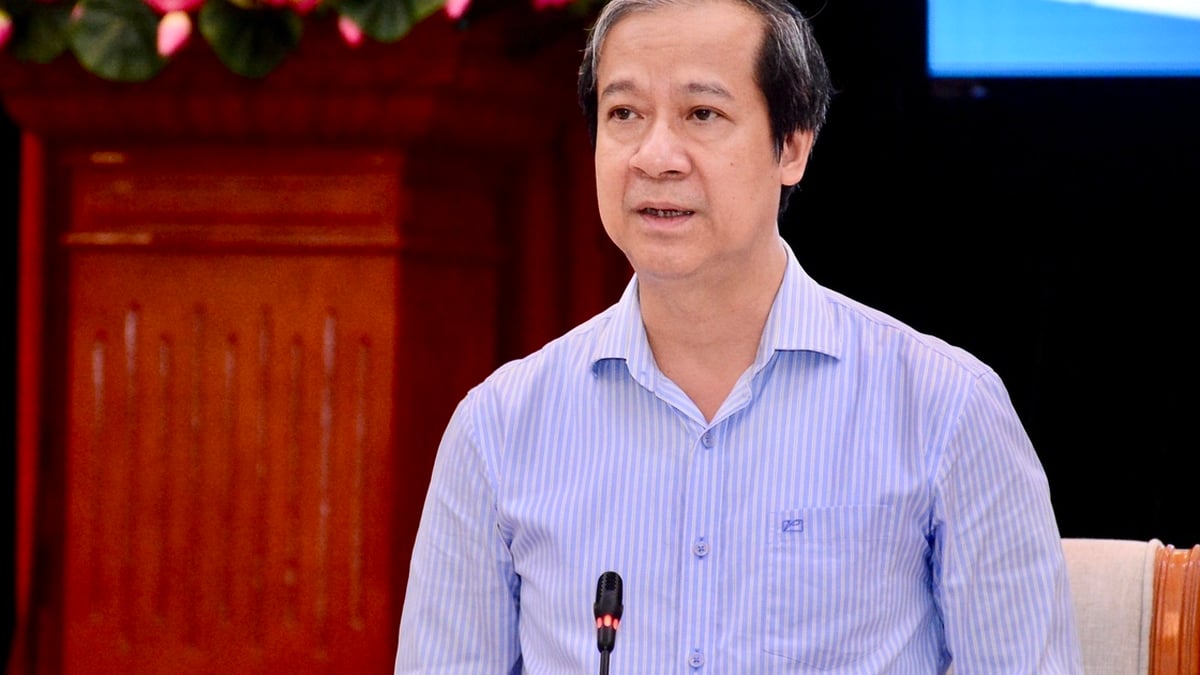
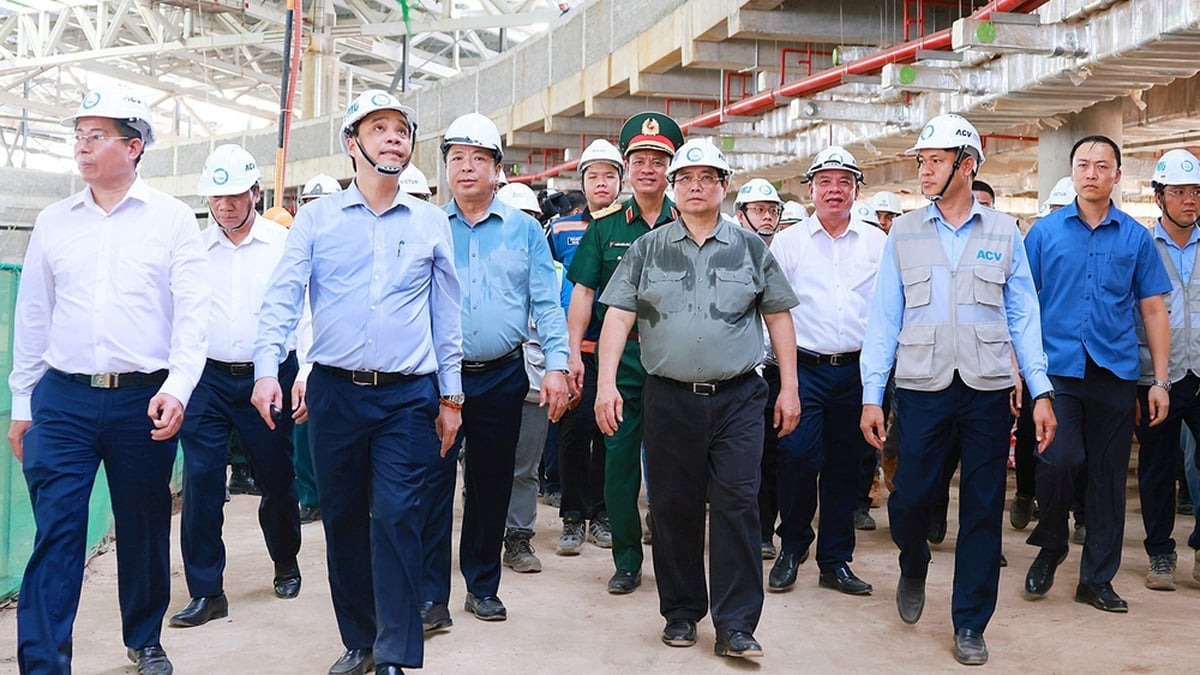























































































Comment (0)